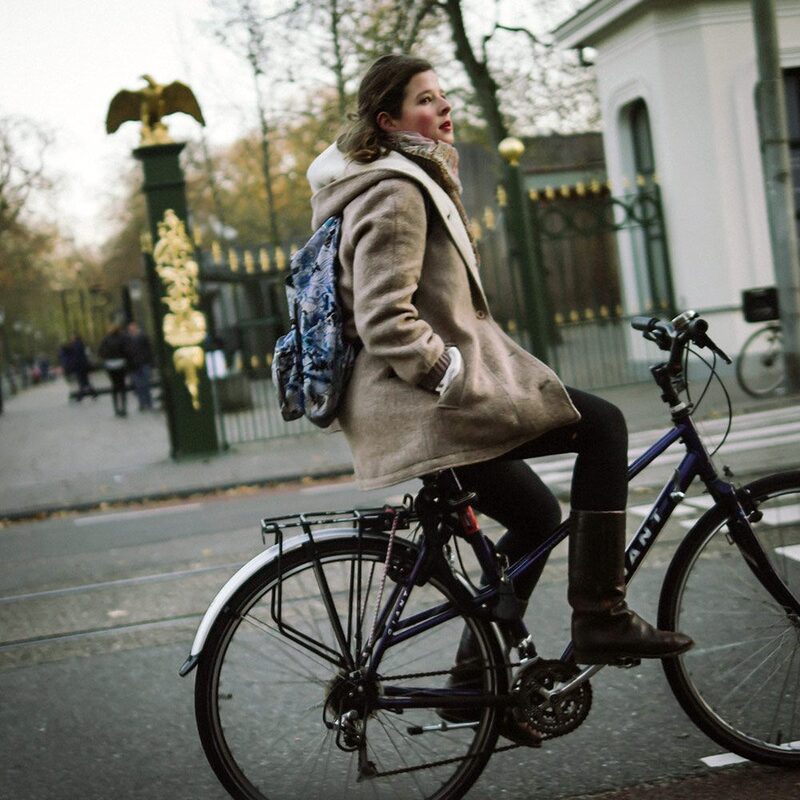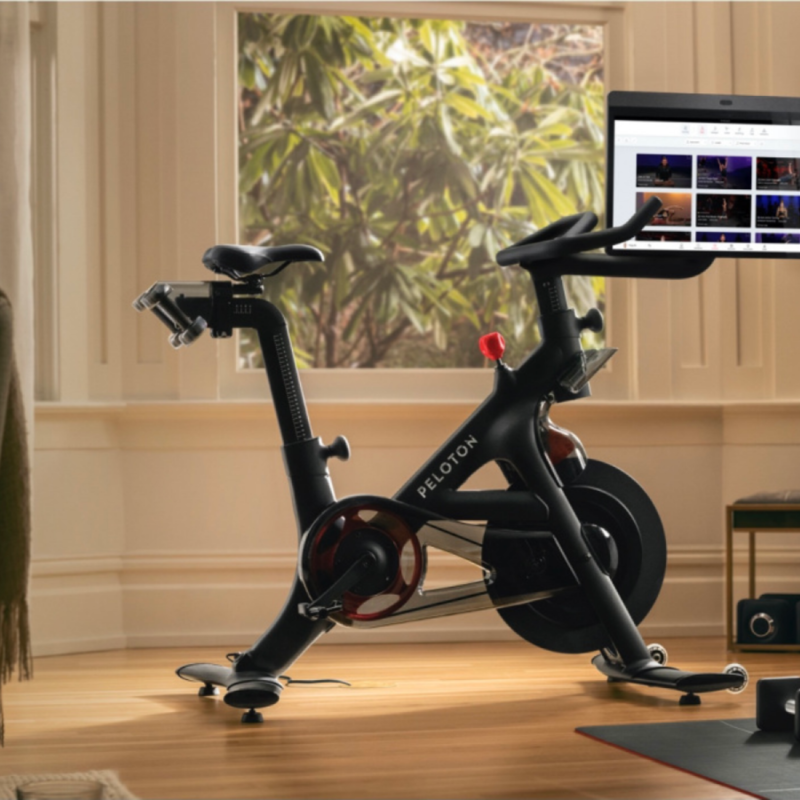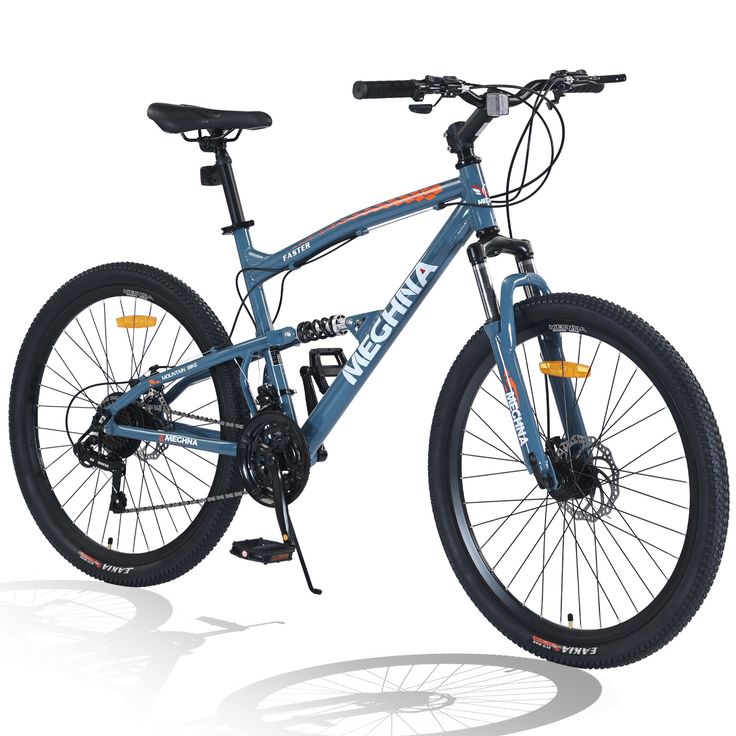Riding a bike with no hands is an impressive skill. Many cyclists aspire to achieve this level of proficiency. It requires a blend of balance, body control, and confidence. Not everyone feels comfortable taking their hands off the handlebars, yet the endeavor can be both exhilarating and liberating. How to ride a bike with no hands? In this article, we’ll explore the steps you need to take to learn this skill. We will cover essential techniques, safety precautions, and tips for mastering the art of no-hands riding.
Understanding the Basics of Balance
The Importance of Balance
Balance is central to the art of riding a bike. When you maintain your center of gravity, you discover more control. Balancing while riding will make taking your hands off the handlebars easier. With practice, balance will become second nature. You must be relaxed, as tension will only work against you. Try to keep your body upright while pedaling regularly. Soon, you will be prepared to test your limits.
Body Positioning Matters
Your body positioning plays a vital role in balance. Sit on the saddle comfortably but keep your back slightly straight. Your knees should be close to the frame, ensuring stability. Thus, adjust your body to promote even weight distribution. Leaning slightly forward can enhance your sense of balance. As you pedal, keep your head up and look ahead, not down. Your gaze should focus on a point in front of you. This will help you maintain direction while fostering equilibrium.

Safety First: Precautions Before Riding No Hands
Wear Protective Gear
Safety should always come first when trying advanced skills. Before attempting to ride no hands, wear a helmet. Helmets are crucial for protecting your head in case of falls. In addition to helmets, consider knee and elbow pads for added safety. Proper attire can minimize injuries while you build confidence in your abilities. Remember, riding without hands increases the likelihood of accidents. Therefore, always take preventive measures to ensure your safety.
Choose the Right Environment
The environment you choose to practice will impact your learning experience. Start in an open, flat space with minimal traffic or pedestrians. A quiet parking lot or a deserted stretch of road is ideal. Ensure that the surface is smooth and even, as rough terrain can disrupt your balance. Additionally, avoid areas with potential distractions, such as busy intersections or crowded parks. By creating a suitable environment, you can concentrate solely on mastering no-hands riding.
Gradual Steps to Master No-Hands Riding
Practicing Steering with Your Body
Before attempting to ride no hands, practice steering using your body. This means leaning slightly to one side to change direction. You can initiate small turns while still holding onto the handlebars. This technique will help you understand how your weight affects balance. Moreover, loosening your grip on the handlebars will give you a taste of what’s to come. As you become accustomed to shifting your body weight, you will gain confidence in steering without hands.
Short Intervals of Hands-Free Riding
Once you feel ready, start with short intervals of riding no hands. Gradually release one hand from the handlebars. Try riding with just one hand off the handlebars first. This will give you an idea of how it feels without complete removal. It may seem challenging at first, but don’t rush the process. Ride in straight lines to give yourself more control. Gradually increase the time you spend riding hands-free.
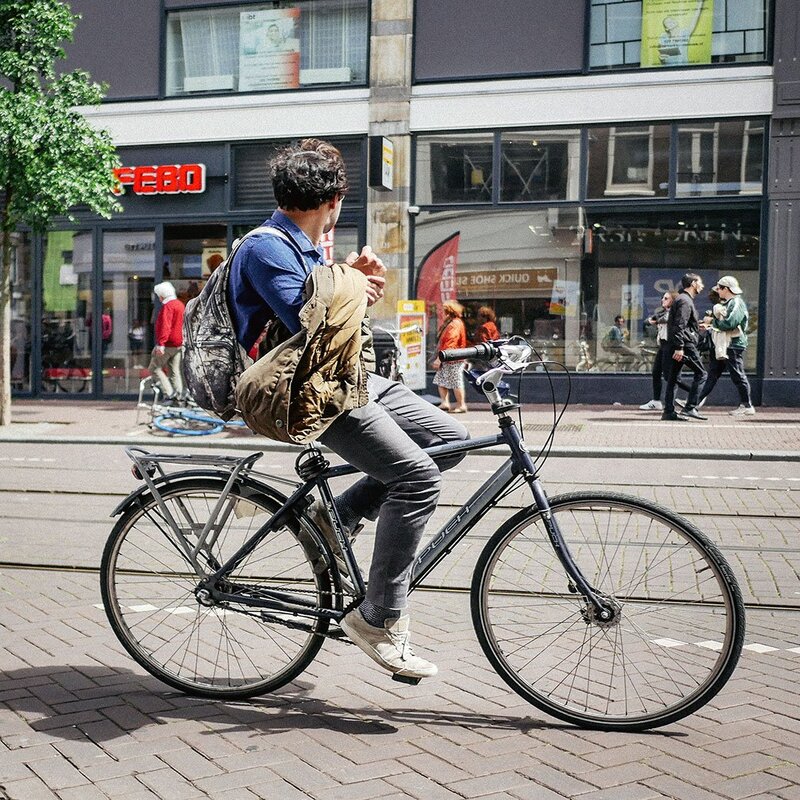
Achieving Stability and Control
Focus on Your Core Muscles
A strong core is key to achieving stability while riding no hands. Your core muscles include your abdomen, back, and pelvis. Engage these muscles to maintain balance and control. Perform exercises like planks and sit-ups to strengthen your core. A stable core allows your body to stabilize itself while riding. You will find it easier to maintain balance without relying solely on your arms for support. Therefore, commit to a consistent core exercise routine.
Maintain a Steady Pedal Rhythm
A steady pedal rhythm is crucial when you ride hands-free. Keeping your pedaling consistent helps maintain forward momentum. If your pedal rhythm becomes erratic, losing balance is likely. Practice steady pedaling while gradually releasing your hands from the handlebars. Focus on maintaining a smooth circular motion with your legs. The more you practice this technique, the more natural your pedal rhythm will become.
Building Confidence and Comfort
Start Slow and Increase Difficulty Gradually
Beginning slow is essential for building confidence. Start by practicing in safe environments where you feel comfortable. Once you have mastered riding with one hand, gradually extend your practice time. Incrementally increase the distance and duration of your hands-free rides. By making small adjustments, you’ll become accustomed to longer, hands-free sessions without stress. As you gain experience, you will feel more comfortable with the skill.
Celebrate Small Milestones
Celebrating small milestones is crucial for building confidence. Acknowledge each successful attempt, even if it’s brief. Giving yourself credit for progress keeps motivation high. Whether it’s mastering a few seconds or riding longer distances, every improvement counts. Share your experiences with friends or family to build encouragement. This positive reinforcement helps combat any fear or hesitation about riding no hands.
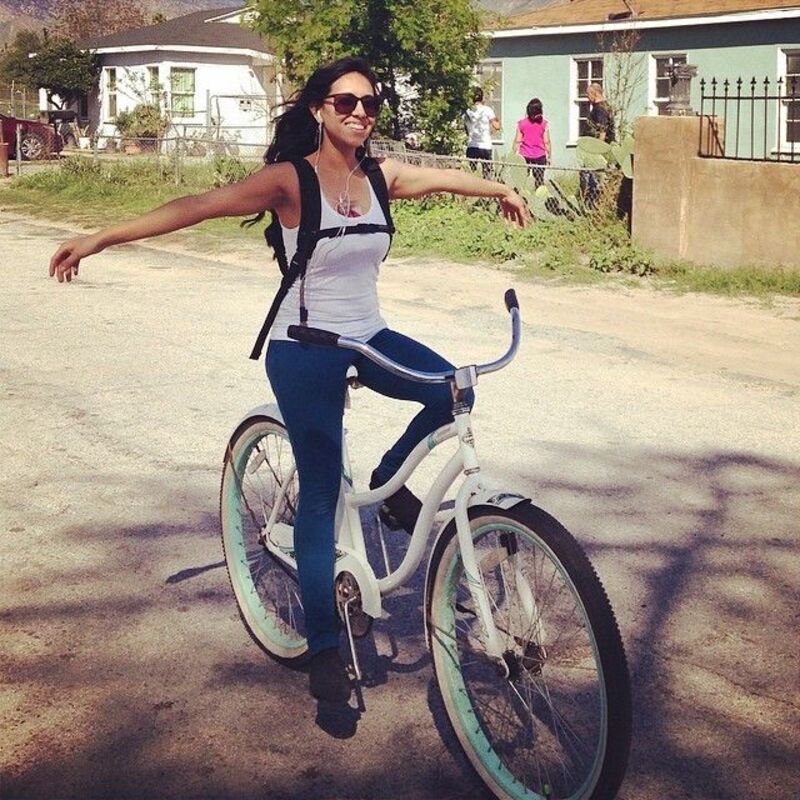
Troubleshooting Common Challenges
Dealing with Balance Issues
It’s common to experience balance issues when first learning to ride bike no hands. If you begin to wobble or lose control, don’t panic. Instead, resume holding onto the handlebars. Regain your composure before attempting again. Analyze what caused the imbalance, and adjust accordingly. Over time, these challenges will diminish as your skills improve. Remember, patience and practice are critical in overcoming this hurdle.
Handling Unexpected Obstacles
While riding hands-free, unexpected obstacles may arise. Whether it’s a sudden change in the terrain or a pedestrian, staying aware is vital. Always maintain a clear line of sight and be prepared for surprises. If you encounter an obstacle, quickly grab the handlebars for control. It’s essential to remain calm and act decisively to navigate past the challenge. Practicing awareness will help you handle unexpected events more effectively.
Final Tips for Riding No Hands
Keep a Relaxed Mindset
A relaxed mindset is key to successfully ride bike no hands. Tension will only hinder your ability to balance and steer. Focus on breathing steadily and keeping your body loose. Your mental state plays a significant role in physical performance. Cultivating a calm attitude will lead to greater fluidity in your movements. Repeat calming affirmations to reinforce your confidence. You’ll find yourself riding hands-free more easily with a positive mindset.
Consistent Practice is Essential
Like any skill, consistent practice leads to mastery. Try to set aside time to practice regularly. The more frequently you ride, the faster you’ll develop your skills. Even short practices can yield significant improvements. Stay committed to the journey, and you’ll see results before long. Embrace the learning process, and enjoy the ride.
Conclusion: Enjoy the Freedom of No-Hands Riding
Ride a bike with no hands is truly an exhilarating experience. It offers a sense of freedom that few activities can match. By following the steps outlined in this guide, you can progress confidently. Remember to prioritize safety and focus on balance. With practice and patience, you will find yourself successfully balancing hands-free. Enjoy the journey as you develop this impressive skill, and as always, ride safely!
